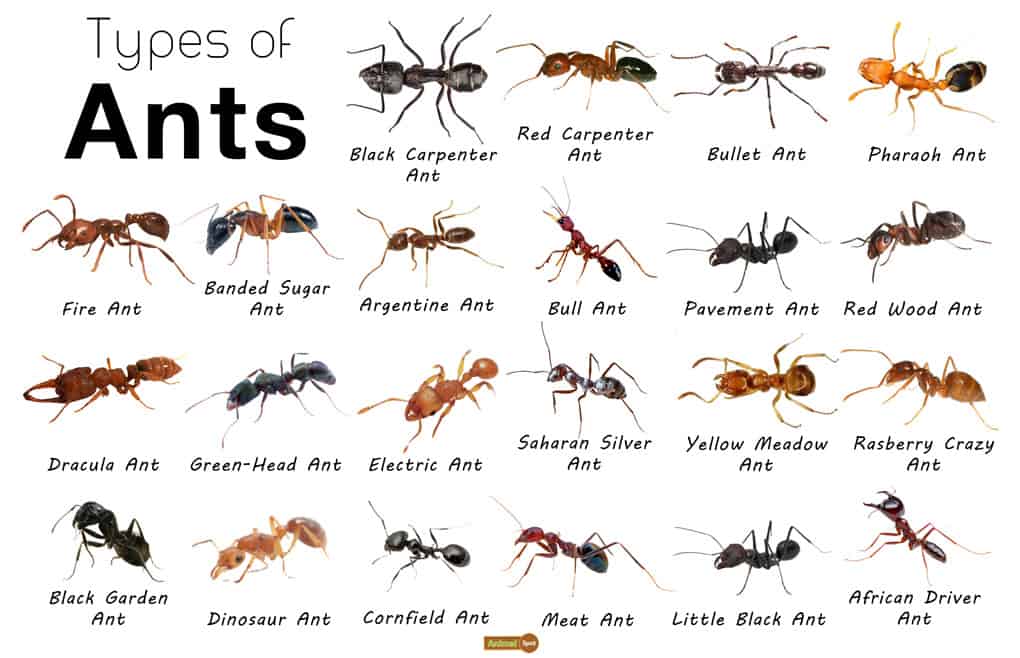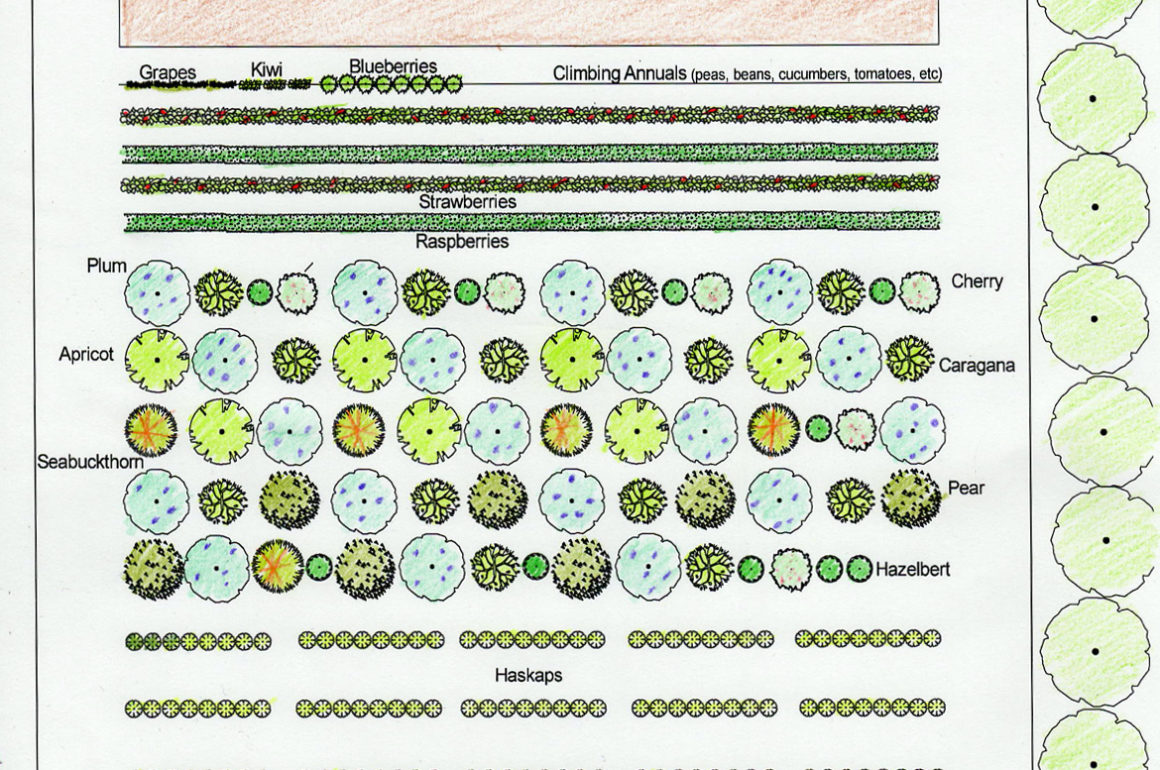Table Of Content

Carpenter ants do not eat wood as termites do, but instead remove wood and deposit the debris outside of their nests in small piles. They will feed on a variety of food people eat—particularly sweets and meats. In controlling a carpenter ant infestation, it is necessary to first find the nest. All moisture conditions that the ants found conducive must be corrected.
How to Get Rid of Termites
Other signs you might see are small holes in the surface of wood where the ants have burrowed in. If the holes were made by carpenter ants, there will almost certainly be small piles of coarse sawdust beneath the holes. Carpenter ants are big compared to other ants, but they’re still ants and therefore can easily enter your home through frame joints, cracks in the foundation or gaps under doors. To avoid the hassle and expense of eliminating an infestation of carpenter ants, take the following steps to discourage them from building a nest in or around your home. The best way to rid yourself of carpenter ants is to find the nest and kill the queen. Here are some steps to help you find and destroy a carpenter ant nest indoors and out.
Types of Ants Every Homeowner Should Know
Unfortunately, because carpenter ants can nest deep within the structure of your home, they’re difficult to remove on your own. If you haven’t had success with DIY methods, it’s better to call a professional exterminator sooner rather than later. Carpenter ants can be found nearly anywhere in North America. Although they don’t eat wood, they tunnel through it to create hollow areas for their nests. If they get indoors, they’ll begin at spots with moisture damage, but from there, they can get into stronger wood, eventually weakening it and causing severe structural damage. If your infestation persists after various DIY remedies have been tried—or if you simply can't locate the carpenter ant nest—it may be time to hire a professional exterminator.
Solved! What Does Termite Damage Look Like?
You may need to be patient and follow them back to baseboards, cabinets, doors, or other wooden structures. You may even need to follow them outside if they’ve nested in tree stumps or dead trees. Carpenter ants are often confused with termites since both insects can cause substantial damage to the wood in a home's walls. Carpenter ants do not actually eat the wood, but instead, hollow it out with an extensive network of tunnels in which to establish colonies. This tunneling gradually opens up the wood to more moisture, more rot, and more weakening.
Worker ants carry the borax-laced food back to the hidden colony inside the damaged wood, where it is eaten by other ants. Over a period of weeks, an entire colony can be killed in this way. Not only are these big ants an annoyance, they can also cause serious damage to your home. This helpful zip code search is an easy way to find a quality pest control professional, also known as carpenter ant exterminator, near you. At first glance, it can be hard to tell the difference between carpenter ants vs. black ants. However, the differences are more apparent upon closer examination.
Boric acid
It contains a chemical called p- Menthane-3,8-diol (PMD), which is an effective insect repellent. You can purchase tea tree oil at your local grocery store, health food store, or online. If the scent is too strong, try making a mixture of tea tree oil, peppermint oil, and water. Tea tree oil has been shown to effectively kill flies, which may indicate it could be an effective ant deterrent. According to the National Wildlife Federation, there are more than 12,000 species of ants around the world.
They usually have more than one nesting site, including a parent and satellite colonies. There are many species of carpenter ants around the U.S., and all of them make their nests in wood. If left unchecked, carpenter ants can cause significant damage to homes, garages, sheds, and other wood-framed structures. If you see large, winged ants in or around your home, confirm that they are carpenter ants and take steps to eliminate the pests as soon as possible. We've highlighted how to identify and control these pests in your home.
Bait traps capitalize on an ant’s taste for sugar, utilizing a sweet, syrupy bait laden with insecticides. As ants collect the bait, they’ll bring it back to the colony to share with other ants, including the queen. Once consumed, most baits take approximately 24–48 hours to induce death, giving the insecticides plenty of time to affect multiple colony members. Ant baits are usually sugary (to attract ants) and are mixed with a product like boric acid which is toxic to ants. The baits should be placed close to visible ant trails but outside the reach of pets and children.
How to Get Rid of Ants in the Kitchen - USA TODAY
How to Get Rid of Ants in the Kitchen.
Posted: Sat, 02 Mar 2024 05:12:45 GMT [source]

Even though carpenter ant bites are very uncommon, its best to contact a pest control professional if you see them, since they can cause serious damage to structures. The first appearance of winged males in a home often causes homeowners great concern, as it signifies that ants are living inside the house. The presence of a carpenter ant nest is sometimes indicated by a rustling sound that will come from wall voids or from wood where the nest is located when the winged forms are disturbed. If you see one ant, it likely signals you may have an infestation.
Flying ants are reproductive ants within the colony that will leave the nest to reproduce and create new colonies. If there are winged ants on the property, it can indicate an established, mature carpenter ant colony. Since flying ants only make up a portion of the colony, just getting rid of the flying ants is not enough to eliminate the infestation.
However, you can easily tell these two pests apart with the naked eye. Carpenter ants have a narrow “waist,” or middle body segment (thorax), and their antennae have an angle to them, like an elbow. If these ants have wings, there are few veins, and the front pair of wings are longer than the rear pair. We’ll show you how to identify and get rid of carpenter ants on your own. However, since it’s nearly impossible to see the extent of an infestation or its damage at first glance, we strongly suggest hiring a professional exterminator to treat a carpenter ant problem.
The professional may try several of the same strategies, but will likely use professional-grade powders or sprays that are unavailable to homeowners. There are more than 1,000 species in the Camponotus genus, all loosely known as carpenter ants, but the one that is most prevalent is the black carpenter ant, Camponotus pennsylvanicus. This ant is native to the northeast and the central U.S., where it is found in nearly all forested areas.
They can be hard to get rid of, but it’s possible to repel and eradicate ants over time using the natural methods described above. Commercial products are also available to help kill or detract these pests. Some natural ways to permanently get rid of ants include using water-based mixtures that contain borax and Diatomaceous earth, or pouring boiling water into ant holes.
The good news is that carpenter ants don’t do quite as much damage as termites, and they don’t work as quickly. Since they must leave the nest to find food, they’re also easier to spot. Nevertheless, once you spot the signs of a carpenter ant infestation, you need to act fast.
The ants bring the bait back to colony, and they all eat it and die. If you zero in on physical characteristics, you’ll find carpenter ants have triangular heads instead of the rounded ones of other species. And the petiole, which connects the chest to the abdomen, is singular; other ants have two distinct sections. And carpenter ants grow wings during the mating season, which other black ants don’t.

No comments:
Post a Comment